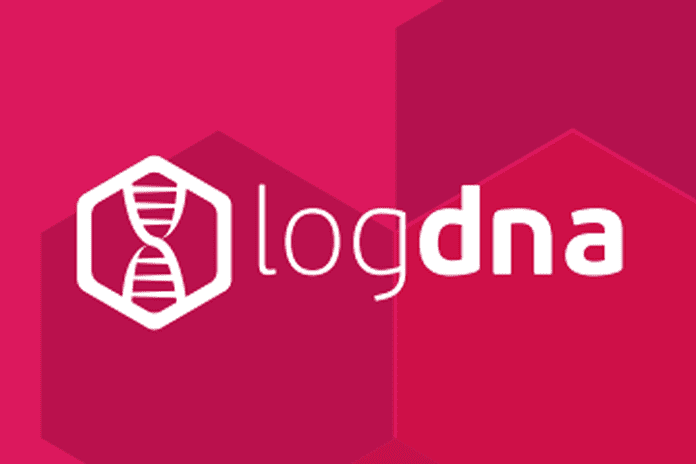One of the biggest IT advances of the last decade has been the rise of interconnected data across distributed systems. This shift has disrupted both traditional development and modern DevOps practices by forcing teams to take a new approach to product development and support. Now they must lean heavily on modern tools and agile processes to succeed. Centralized log management solutions help DevOps teams understand what’s happening in all of their systems and applications so that they can develop and debug with ease.
Leading data log management providers include SolarWinds, Quest Software, LogDNA, Splunk, ManageEngine, Loggly, DataDog, Papertrail and others.
In this eWEEK Data Points article, Ming Zhou, senior product manager at LogDNA, introduces five important roles that logs play in today’s enterprise and why they shouldn’t be an afterthought.
Data Point No. 1: Enable Observability
In the world of DevOps, applications aren’t simply built by one team and managed by another. Often, one team builds and maintains the app so that they are able to better understand the overall health of the system for troubleshooting and debugging. Logs, metrics and traces are the pillars of observability, which help DevOps teams understand what’s happening within their applications and environments every step of the way.
Data Point No. 2: Identify Performance Issues
Logs provide data that can be used to investigate changes in behavior and unusual activity across servers and applications. Modern log management solutions offer fast time to resolution with real-time alerts and visualizations to help users understand what’s happening and why.
Best practice: DevOps teams can use alerts to be notified of a specific event such as a poorly optimized database query or a CPU usage spike. Instead of suffering from a server crash, logging these events helps pinpoint components of their application that could be causing performance degradation.
Data Point No. 3: Provide Insight Into Complex Infrastructures
Microservices architecture is a style of software architecture that focuses on developing an application from many components, with each one being responsible for a small part of the business. These components are independent, run on their own processes and communicate with each other to achieve business goals. Microservices architectures produce a lot of data and are highly fragmented, which is why users need a centralized log management solution to manage them.
Best practice: The most powerful logging solutions provide a dedicated, fast and reliable platform designed to ingest large amounts of data so that it can be immediately searched, filtered and analyzed by engineers. This allows users to pinpoint single machines that may be problematic while still understanding the overall health of their infrastructure.
Data Point No. 4: Discover Root Causes
Diagnosing problems from complex systems that produce a high volume of logs has been a longtime challenge. Logs provide insights into critical events such as server warnings, HTTP errors and performance issues that impact business productivity. In their natural form, logs are just lines of raw data, but they can be parsed and enriched to provide a better understanding of what’s happening within an application and filtered to pinpoint root causes.
Best practice: The right logging solutions allow users to make their logs actionable with filters, natural language search and time toggle. Users can filter out the logs that aren’t related to the error or system that they are trying to diagnose. If they know when the error occurred, they can use time toggle to jump to a specific moment in time and see the logs that happened before and after to get context for the situation.
Data Point No. 5: Increase Business Resiliency
Modern log management is a key component of organizations bottom-up digital transformation initiatives. Centralized log management solutions inform users when something important has been changed or altered and help them stay on top of possible issues related to production. These tools provide data forensics and the ability to troubleshoot in real time, decreasing the time to resolution and saving businesses money from lengthy system interruptions. This has a significant impact on how effectively a team’s infrastructure runs.
Best practice: Using a centralized log aggregator allows teams to collect logs from all of their systems so that they can troubleshoot and pinpoint issues quickly. Features like real-time alerting can reduce time to resolution and prevent catastrophic system failures by helping teams catch the issue before it escalates.
If you have a suggestion for an eWEEK Data Points article, email cpreimesberger@eweek.com.
